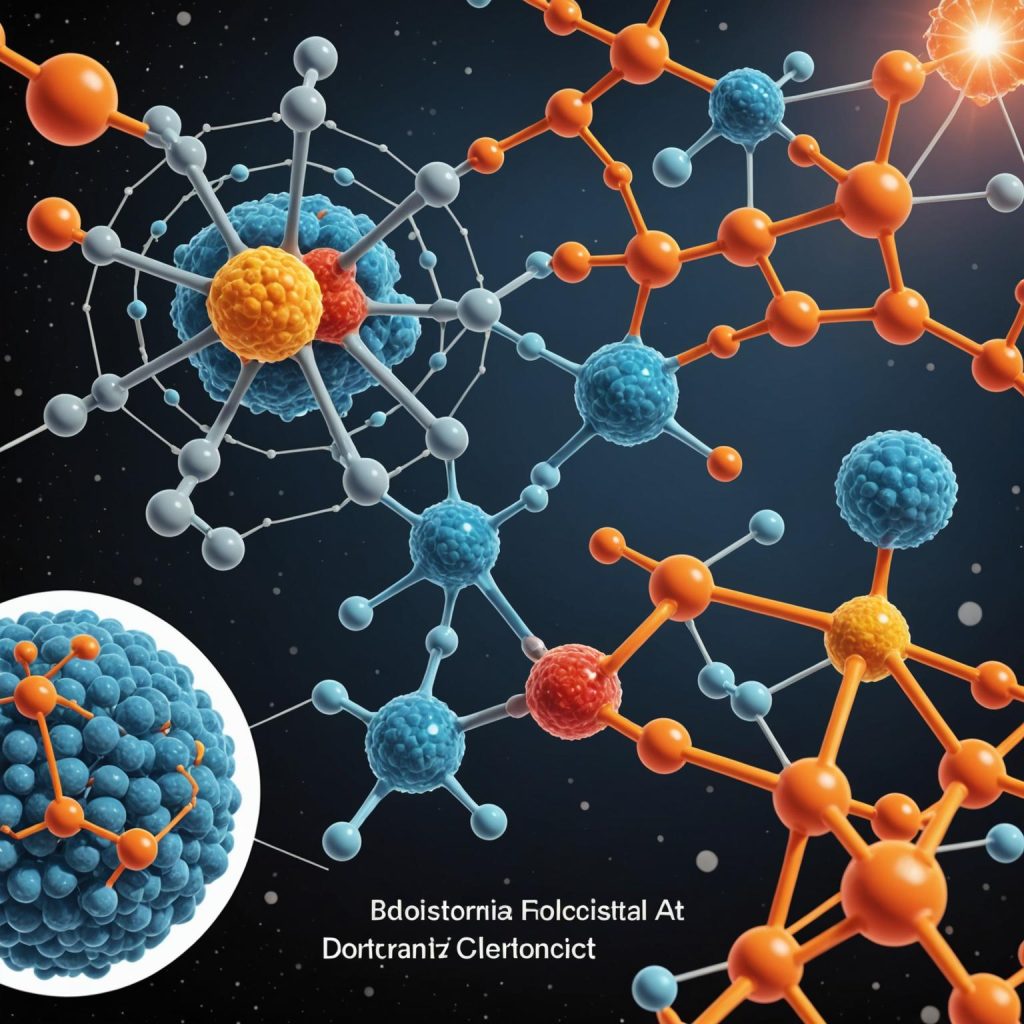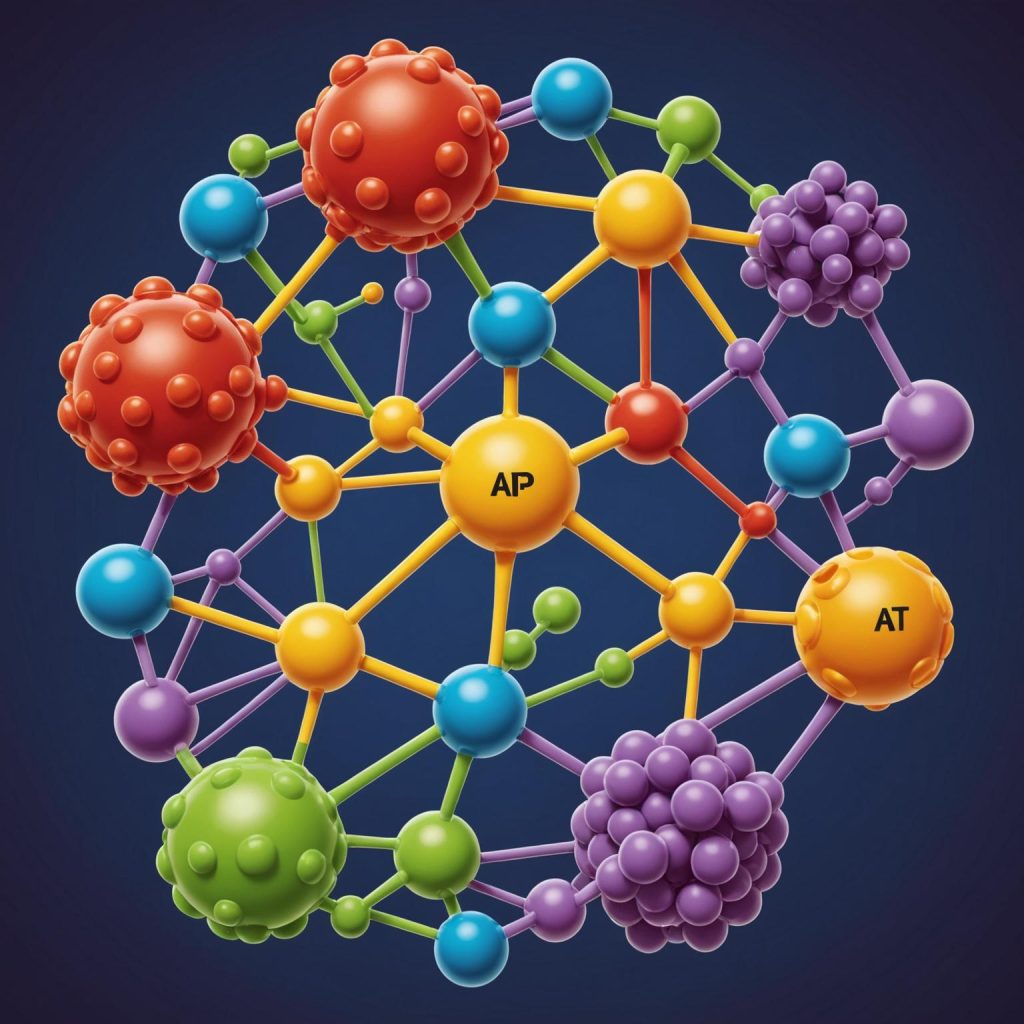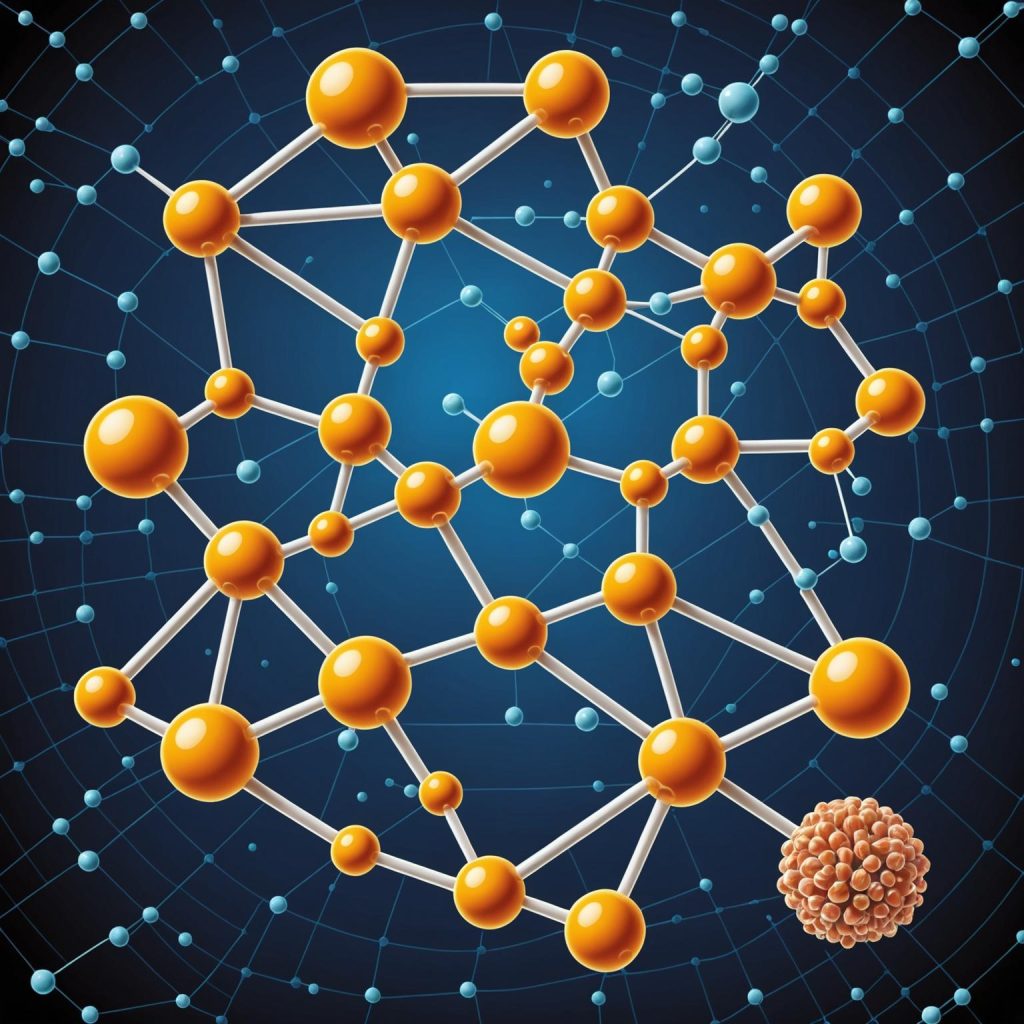LED, or light-emitting diode, is a highly energy-efficient lighting technology that has gained popularity in recent years. LED lights are a type of solid-state lighting that uses a semiconductor to convert electricity into light. This technology offers numerous benefits, including lower energy consumption, longer lifespan, and reduced maintenance costs. LED lights have become a popular choice for both residential and commercial lighting applications. In this article, we will explore the advantages of LED lights and their impact on energy efficiency.<br><br>LED lights are known for their exceptional energy efficiency. They consume significantly less power than traditional incandescent or fluorescent lights, making them an environmentally friendly lighting option. The use of LED lights can lead to substantial energy savings, contributing to a greener and more sustainable environment. Additionally, the long lifespan of LED lights reduces the frequency of replacements, further reducing energy consumption and waste.<br><br>One of the key advantages of LED lights is their durability and resilience. Unlike traditional lighting options, LED lights are built with robust components that can withstand harsh conditions and temperature variations. This makes them suitable for outdoor and industrial environments where reliability is crucial. LED lights are also free from hazardous materials, making them safer to use and dispose of.<br><br>LED lights offer versatile design options, allowing for creative and innovative lighting solutions. With advancements in LED technology, there is a wide range of color temperatures and brightness levels available, catering to various preferences and requirements. Whether it’s for ambient lighting, task lighting, or decorative purposes, LED lights provide flexibility in design and functionality.<br><br>In addition to their energy efficiency and design versatility, LED lights contribute to enhanced visibility and safety. The quality of light produced by LEDs is superior, offering better color rendering and uniform illumination. This is particularly beneficial in commercial and outdoor settings where visibility and security are paramount. LED lights can also be integrated with smart controls for dynamic lighting management, further optimizing energy usage.<br><br>As the demand for energy-efficient lighting solutions continues to grow, LED lights have emerged as a leading choice for consumers and businesses alike. Their long-term cost savings, environmental benefits, and technological advancements make them a compelling option for modern lighting needs. With ongoing research and development, the potential of LED technology in shaping the future of lighting is substantial, promising even greater efficiency and innovation.<br><br>In conclusion, LED lights have revolutionized the lighting industry with their remarkable energy efficiency, durability, versatility, and performance. As we strive towards a more sustainable and eco-friendly future, the adoption of LED lights plays a significant role in reducing energy consumption and environmental impact. With continuous advancements and widespread adoption, LED lights are illuminating the path towards a brighter and more efficient world.
Blog
Related Posts
ATP: Understanding Its Structure, Functions, and Synthesis
1. The Intricate ATP Structure
2. Key ATP Functions in the Body
3. The Process of ATP Synthesis
ATP: Structure, Synthesis, and Its Critical Functions
1. The Molecular Structure of ATP
2. Understanding ATP Synthesis
3. The Critical Functions of ATP
4. ATP: The Unsung Hero of Cellular Life
NAD: Unlocking the Benefits of NAD+ for Longevity
1. What is Nicotinamide Adenine Dinucleotide?
2. Exploring the Core NAD+ Benefits
3. How NAD+ Boosters Support Cellular Health
4. Choosing High-Quality NAD Supplements
ATP: The Molecular Energy Unit Essential for Life
1. The Molecular Structure of ATP
2. The Crucial Functions of ATP
3. The Process of ATP Synthesis
4. The ATP-ADP Cycle: A Renewable Resource
Exploring NR: The Key to Enhanced Cellular Health and Anti-Aging
1. What Exactly is Nicotinamide Riboside?
2. The Link Between NR, NMN, and Anti-Aging
3. Why Purity and Quality Matter in NR Supplements
4. The Diverse Applications of Premium NR Powder
NAD: Unlocking Health and Longevity with NAD+ Benefits
1. Understanding the Role of NAD+ in Your Body
2. Exploring the Key NAD+ Benefits
3. How NAD+ Boosters and Supplements Work
4. The Future of Health and Longevity
NR: Role in Wellness, Anti-Aging, and Cellular Vitality
1. Understanding Nicotinamide Riboside
2. NR, NAD+, and the Science of Aging
3. Exploring the Benefits of Enhanced NAD+ Levels
4. Purity and Quality in Supplementation
5. A Forward-Thinking Approach to Wellness
NAD: Understanding Benefits and Choosing Quality Supplements
1. Understanding NAD+: The Core of Cellular Function
2. The Science-Backed NAD+ Benefits
3. The Role of NAD+ Boosters and Supplements
4. Choosing High-Quality NAD Supplements
NR: Unlocking Cellular Health and Anti-Aging Potential
1. The Science Behind NR and Cellular Health
2. NR and its Counterpart: A Look at NMN for anti-aging
3. Why Purity in Supplementation is Paramount
4. Beyond Anti-Aging: The Potential of NAD+ Boosters
NMN: Unlocking the Anti-Aging Potential with NMN Supplements
1. Understanding Nicotinamide Mononucleotide (NMN)
2. The Science Behind NMN for Anti-Aging
3. How to Choose High-Quality NMN Supplements
4. Tips for When You Buy NMN Online
5. The Future of Aging and NMN
NMN: Exploring Benefits, Anti-Aging Potential, & Supplements
1. What is Nicotinamide Mononucleotide?
2. Exploring NMN for Anti-Aging
3. The Rise of NMN Supplements
4. How to Safely Buy NMN Online
5. The Future Outlook for NMN
Exploring Plant Extracts: The Matcha Powerhouse
1. The Vibrant World of Plant Extracts
2. Unveiling the Green Marvel: Matcha Powder
3. Antioxidant Richness: The Power of Tea Polyphenols
4. Calm Alertness: The Amino Acid Advantage
5. Essential Minerals and Vital Nutrients
6. Detoxification and Digestive Harmony
7. The Unique Energy of Matcha
8. An Experiential Superfood












